Method reveals thin insulation on neurons in autism brains
A method for measuring myelin, the protective sheath around neurons, indicates that there is less of it in the brains of people with autism than in those of controls.
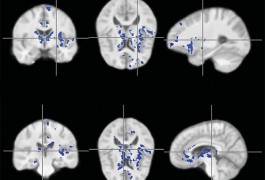
A method for measuring myelin, the protective sheath around neurons, indicates that there is less of it in the brains of people with autism than in those of controls.
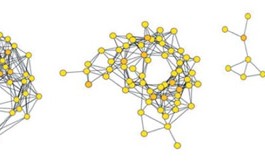
A brain hub responsible for higher-order tasks may be overly connected in autism and thinly connected in attention deficit hyperactivity disorder.
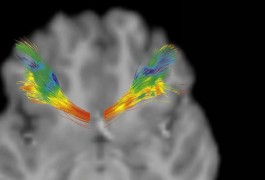
A new technique helps researchers trace the nerve fibers that connect brain regions by revealing how the fibers physically relate to curves and folds on the brain’s surface. The method was described 8 July in Medical Image Analysis.
Researchers have developed a set of software tools called Thunder that can find meaningful patterns in large-scale data on brain activity.
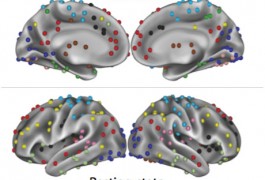
Researchers measure how brain networks work together by scanning volunteers’ brains either while they’re resting passively or while they’re engaged in a task. A study published 2 July in Neuron argues that the networks activated in these two scenarios are more similar than previously thought.
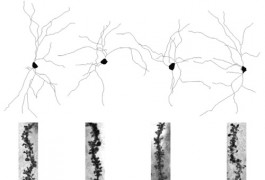
The protein missing in fragile X syndrome is necessary for mice to respond to the stimulant cocaine, according to a study published 7 May in Neuron.
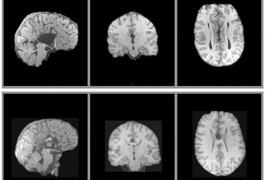
About one in every three adults who lack a brain structure called the corpus callosum meet the diagnostic criteria for autism, according to a study published 25 April in Brain. However, not all of these people develop symptoms in early childhood, as is typical in autism.
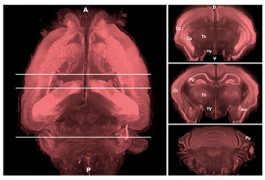
A new method for turning brains transparent and scanning them will make it easier to map neuronal circuits, according to a paper published 24 April in Cell.
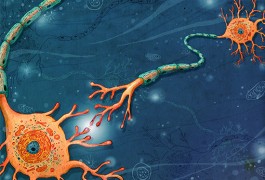
Proteins that help guide neurons to their correct destination in the brain may be involved in autism, says Christopher Cowan.

FMRP, the protein absent or mutated in fragile X syndrome, aids in strategic elimination of neuronal connections during brain development in mice, according to a study published 26 February in The Journal of Neuroscience.